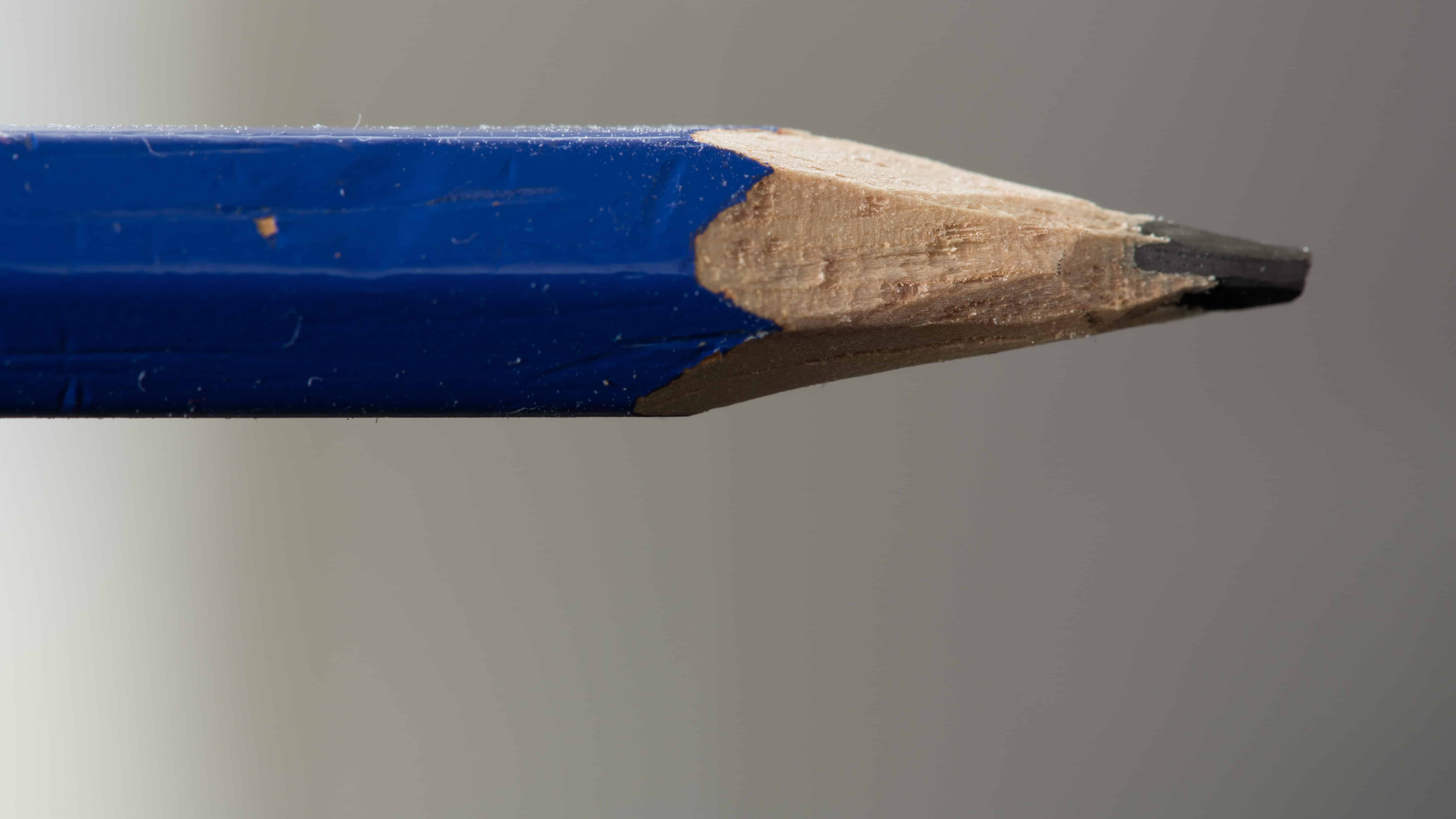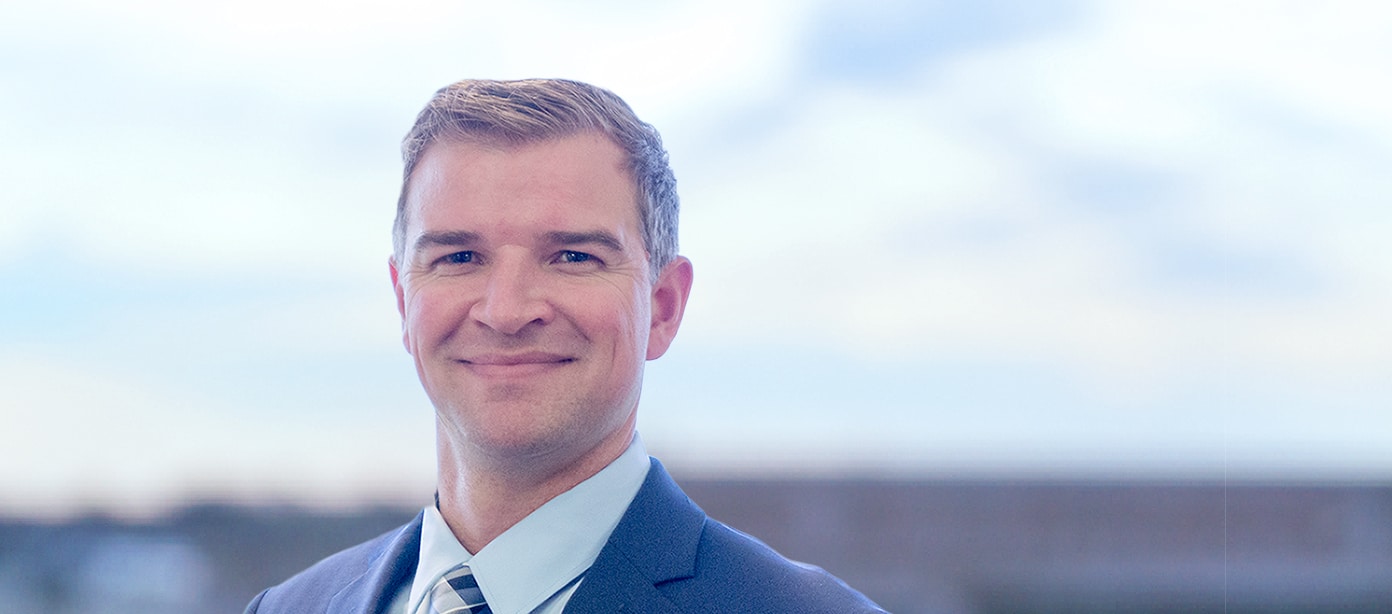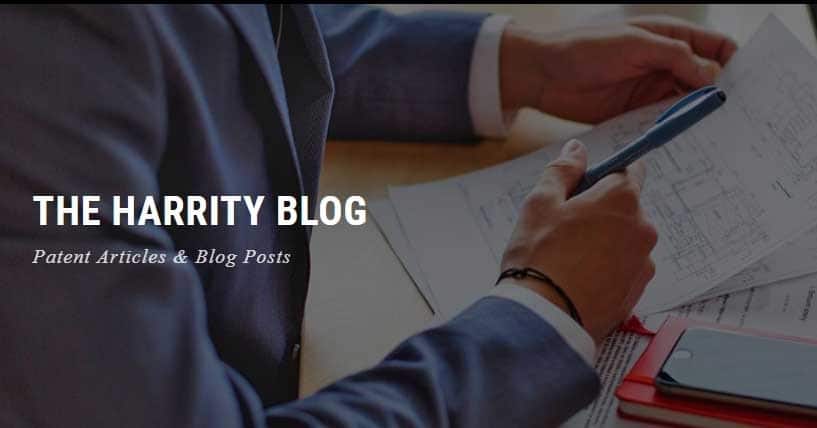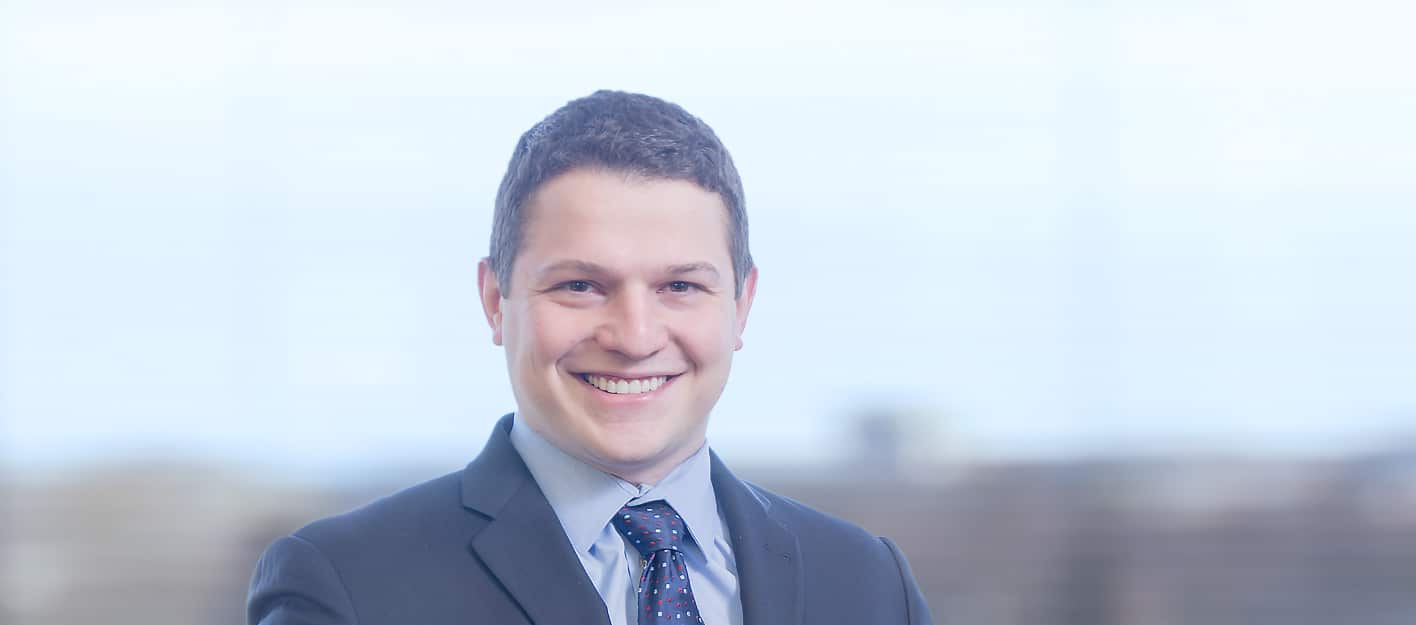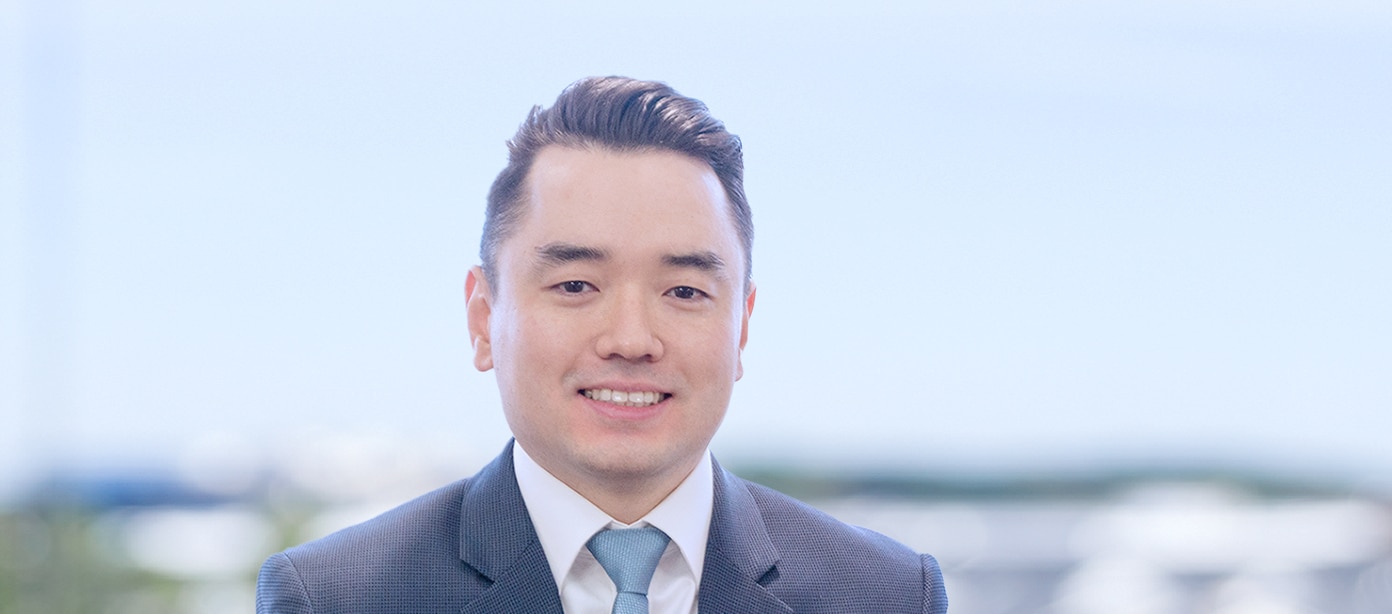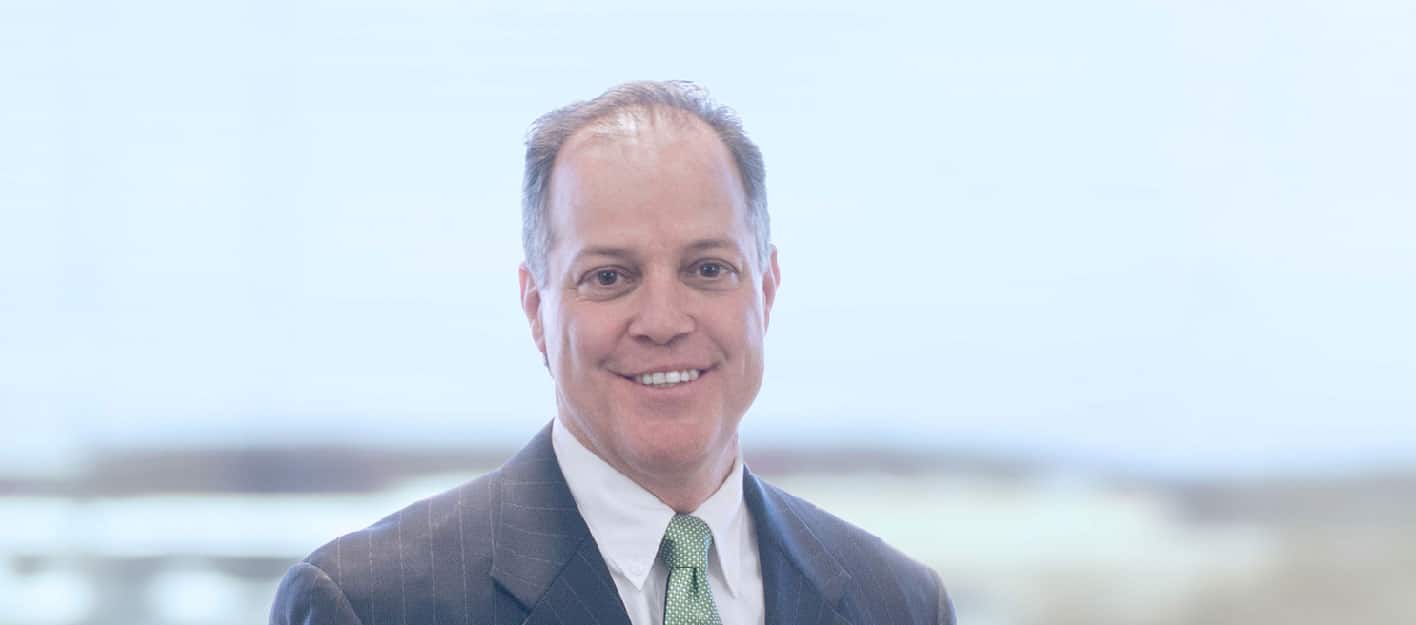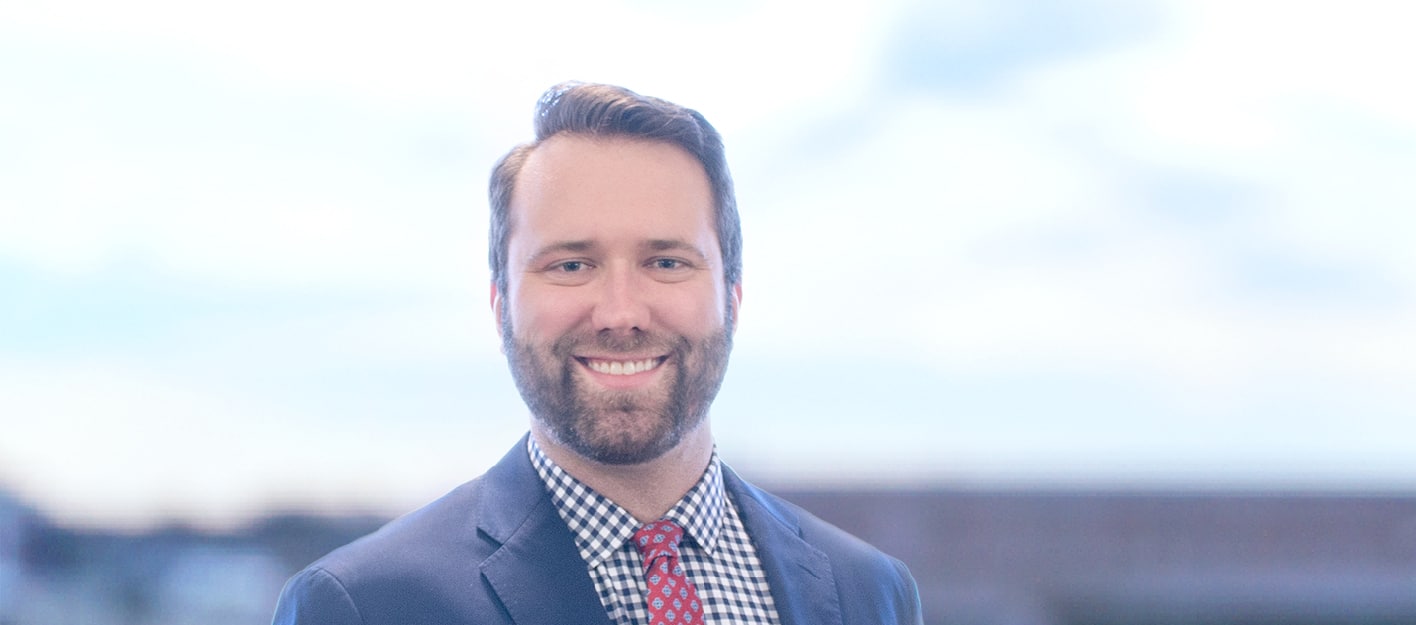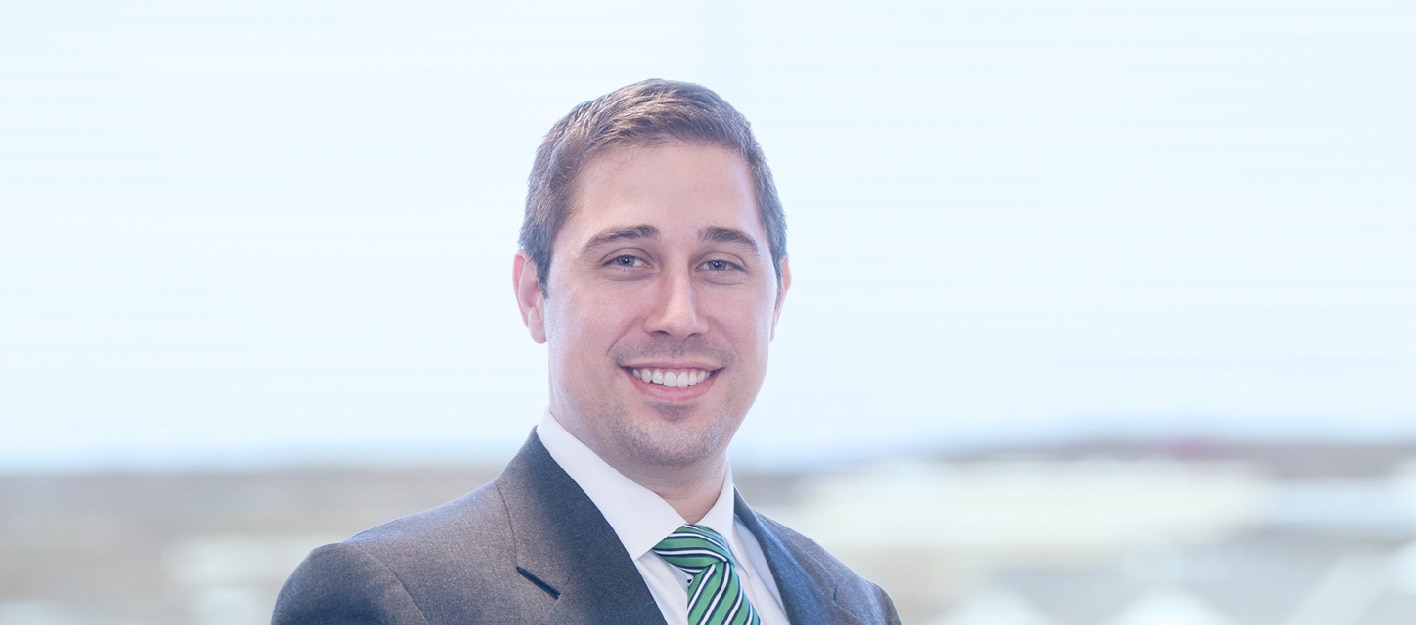August 22, 2018- Case Summary of Vivint, Inc. v. Alarm.com Inc.
In Vivint, Inc., v. Alarm.com Inc., 2017-2076 (Fed. Cir. July 26, 2018), the Federal Circuit (“the Court”) affirmed an inter partes review decision of the U.S. Patent Trial and Appeal Board (“the PTAB”) that the claims of U.S. Patent No. 6,924,727 (“the ‘727 patent”), were invalid because their subject matter is invalid under 35 U.S.C § 103 (“Section 103”).
The ‘727 patent is directed to a method that allows a user to remotely control electronic devices located in the user’s home. The United States Patent and Trademark Office (“USPTO”) issued the ‘727 patent in 2005 with a priority date in 2001. Independent claim 1 is representative (emphasis added):
A method for remote control of home-located electronic devices, comprising the steps of:
receiving, at a management facility, from a terminal via a network, a request signal and a terminal identifier that identifies said terminal;
identifying, in said managing facility a server, said server being identified by a server identifier that corresponds to said terminal identifier;
obtaining, in said management facility, from said server via said network, status information and said server identifier, said status information indicative of the status of home-located electronic devices controlled by said server;
generating display information for said terminal dependent upon the performance of said terminal, wherein said display information includes the status of said home-located electronic devices based on said status information and a prompt for input of a control instruction for said home-located electronic devices, said terminal being identified by said terminal identifier, said terminal identifier corresponding to said server identifier;
transmitting said display information from said management facility to said terminal;
displaying, with said terminal, a screen showing the status of said home-located electronic devices and a screen to prompt for input of a control instruction of said home-located electronic devices on the basis of the received display information;
transmitting, by said terminal, said terminal identifier and first control information;
generating, by said management facility, second control information that directs said server to perform control of said home-located electronic devices, on the basis of said first control information;
transmitting, by said management facility, said second control information to said server, said server being identified by said server identifier that corresponds to said terminal identifier, and
controlling, by said server, said home-located electronic devices on the basis of said second control information.
In 2015, Vivint sued Alarm.com in United States District Court for the District of Utah (“the District Court”) alleging infringement on 6 patents relating to smart home technology, and Alarm.com challenged 5 of the 6 patents in an inter partes review. The District Court stayed the infringement suit pending results of the inter partes review. The PTAB concluded that the claims were obvious in view of two earlier patents directed to internet-based home communications system. Vivint appealed the finding of obviousness arguing that the PTAB misconstrued a term of the claims by departing from the term’s plain meaning.
The PTAB adopted Alarm.com’s proposed construction of “terminal identifier” to mean “an identifier associated with a terminal that enables the home network management facility to identify or communicate with the terminal” rather than “an identifier associated with a terminal that enables a terminal to be identified” as proposed by Vivint. The PTAB based this construction on several grounds. First, the ‘727 patent did not include an explicit definition of a “terminal identifier.” Second, the claims of the ‘727 patent recite “a terminal identifier that identifies said terminal” and “said terminal identifier to determine at least one of a display capability or a communication capability of said terminal,” which the PTAB found instructive in construing a terminal identifier as identifying a terminal and being used to determine a format of information that is to be communicated to a terminal. Further, the ‘727 patent’s claims recite “wherein said identifier is a manufacturer model identifier of said remote terminal,” which the court indicated is informative in identifying a manufacturer model identifier as a type of terminal identifier. Third, the PTAB confirmed that the specification of the ‘727 patent recited that the ‘727 patent did not intend to limit an identifier to a specific type of identifier, such as an alphanumeric number or a unique identifier specific to a device. Fourth, the PTAB found that a definition of “server identifier” was relevant to a definition of “terminal identifier” insofar as each was a type of “identifier” distinguished by the entity being identified. See Chamberlain Grp., Inc. v. Lear Corp., 516 F.3d 1331, 1337 (Fed. Circ. 2008). Here, the term “server identifier” was construed parallel to a terminal identifier as “an identifier associated with a home server that enables the home network management facility to identify or communicate with the home server” and this construction was unchallenged, resulting in it being applied to the construction of the “terminal identifier.”
Based on this construction, the PTAB found that U.S. Patent 6,580,950 (“Johnson”) and U.S. Patent 6,161,140 (“Moriya”) independently taught “receiving, at a management facility, … a terminal identifier” (“the terminal identifier limitation”). The PTAB found that Johnson inherently taught the terminal identifier limitation based on the Johnson’s IP address being a form of terminal identifier. The PTAB found that Moriya taught the terminal identifier limitation based on Moriya’s model code being a form of the terminal identifier.
Reviewing the claims of the ‘727 patent de novo, the Court found, as did the PTAB, that the claims in the ‘727 patent are ineligible under Section 103. The Court first reviewed the claims construction decision of the PTAB, confirming that the PTAB correctly applied the claims and specification to arrive at the construction of the term “terminal identifier.” Although the Court, however, found that the PTAB erred in finding that Johnson inherently disclosed a limitation of the ‘727 patent, the Court found that such error was harmless as Moriya independently taught the limitation of the ‘727 patent.
In concluding that the PTAB erred with regard to Johnson the Court analyzed inherency doctrine—finding that “inherency ordinarily applies in an anticipation context where a prior art reference, which does not expressly disclose every limitation of a claim, may still anticipate that claim,” but that use of inherency doctrine in the context of obviousness is limited to cases where “the limitation at issue [is] necessarily… present, or the natural result of the combination of elements explicitly disclosed by the prior art.” Par Pharm., Inc. v. Twi Pharm. Inc., 773 F.3d 1186, 1194-96 (Fed. Circ. 2014). Thus, inherency “requires more than agreement; inherency requires inevitability” and evidence that a limitation “comport[s] with” a claim construction is insufficient.
Furthermore, the Court reinforced the point that inherency and obviousness are “distinct concepts” by finding that expert testimony discussing obviousness did not constitute substantial evidence to support an inherency finding. See In re Spormann, 363 F.2d 444, 4848 (CCPA 1966)). In this case, the PTAB had supported its inherency finding through expert testimony that, based on an Examiner’s Official Notice, the use of IP addresses in Johnson would have been “obvious” to a skilled artisan. The Court rejected the PTAB’s reliance on the expert testimony to support its inherency finding, because “what would have been obvious to a skilled artisan is not a valid consideration in an inherency analysis.”
Nevertheless, the Court agreed with the PTAB that Moriya teaches model code capable of identifying a generic terminal rather than a specific terminal. The ‘727 patent distinguishes between the terminal identifier and a model name (which identifies a generic model). Thus, Vivint argues, the model code of Moriya should be analogous to the model name and not the model identifier. The Court agreed with the PTAB finding that claims 29 and 37 of the ‘727 patent, which recite that the terminal identifier is “a manufacturer model identifier,” were sufficient to conclude that the model code was analogous to the model identifier based on the claims construction of the “terminal identifier” as including a manufacturer model identifier. Further the Court found that the functionality of the model code in Moriya—to allow a system to determine a terminal’s display capability—was the same functionality of the terminal identifier in the ‘727 patent.
The take-aways from this decision include the relevance of dependent claims in the eventual construction of an independent claim, the risks in using similar phrasing for different elements (i.e., use of the common word “identifier” for both a “terminal identifier” and a “server identifier”) and the importance of precision in identifying the functionality of each term in a patent.
Download Case Summary of Vivint, Inc. v. Alarm.com Inc.


